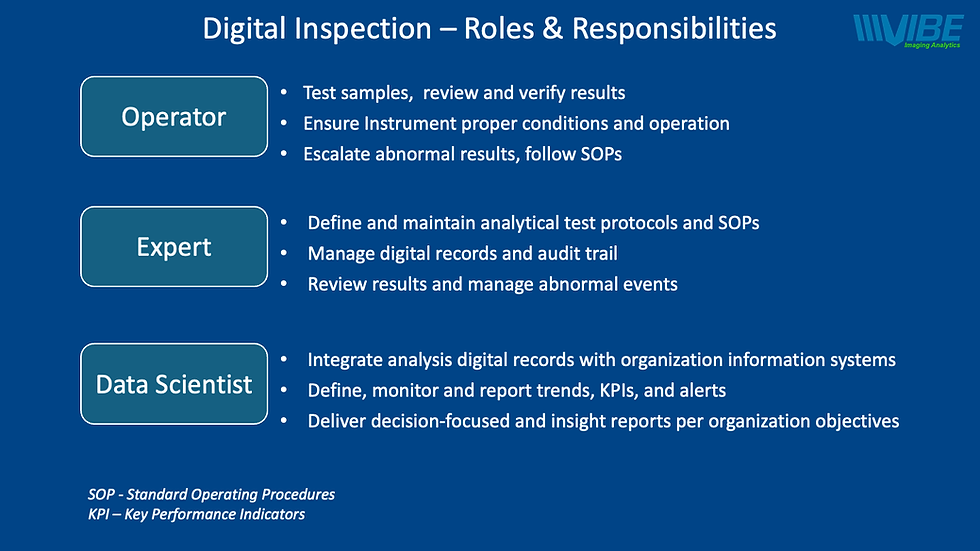Detect Your Black Fungus in Wheat
- "The Grain Guru"
- Jul 18, 2019
- 2 min read
Updated: May 11, 2022
Black Tip is caused by fungus that attacks wheat or barley kernels. In the early development stage the mold results in a decreased yields. In later stages attacks it results in discolored kernels that carry unwanted odors which results in a decrease in the commercial market value of the grain. According to USDA FGIS ( United States Department of Agriculture, Federal Grain Inspection Service) , “kernels of wheat are considered damaged for inspection and grading purposes only when the damage is distinctly apparent”.

In the U.S. wheat standard, blackened kernels are considered as damaged. For US No. 1 grade wheat, only 2% of damage is permitted and for US grade No. 2 only 4%. This level of damage is critical for the overall wheat quality and the color of produced flour. For example, damaged durum wheat affects the appearance in semolina with undesirable black points.
Vibe developed a new method for fast and objective analysis for black tip detection. The Analysis is based on parametric calibration file created by a proprietary Machine Learning engine used in the Vibe QM3-Grain Analyzer. It take less than a minute to analyze a sample of 25-30 grams with accurate and repeatable results.


• A Vibe QM-3 application was introduced to detect Black-Tip fungus in wheat. This application is in addition to other damage detection applications such as Fusarium.
• Typical wheat sample size is about 25-30 grams but samples of up to 40 grams are possible. This means samples from 1 single kernel to approximately 1000 kernels can be analyzed.
• Analysis time is less than 1 minute
• Black Tip results provided as : % of weight, % of count, absolute count
Vibe provides professional services for grain analysis and customer applications, please feel free to contact us at any time with comments, feedback etc...
Ron Hadar





Comments